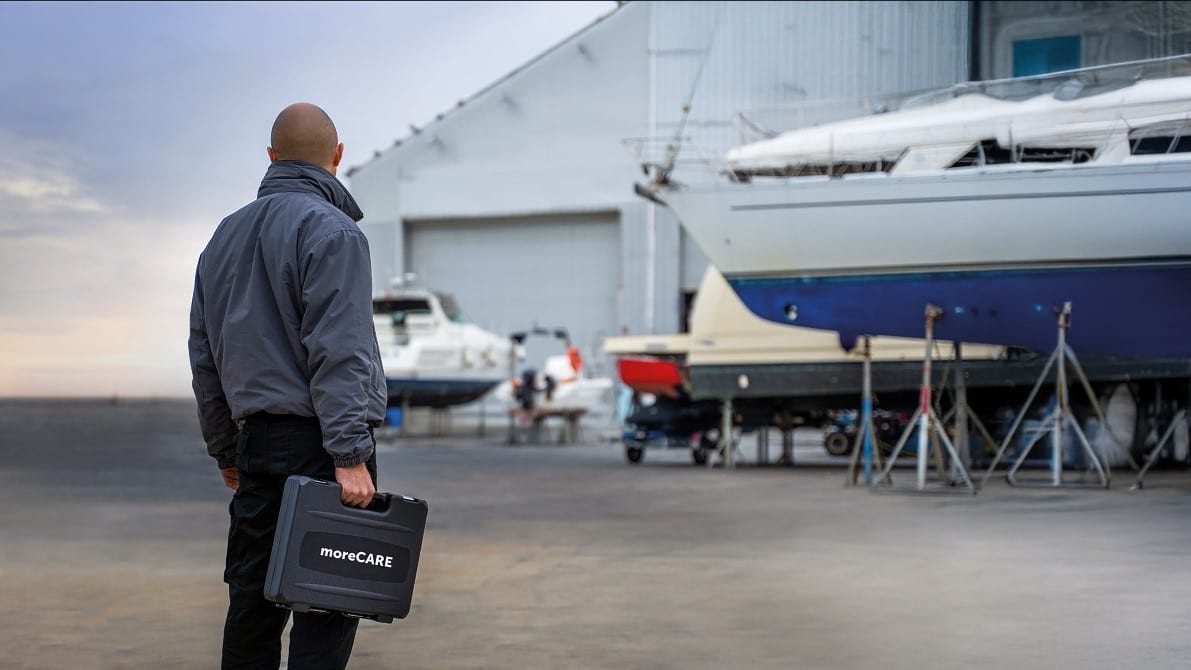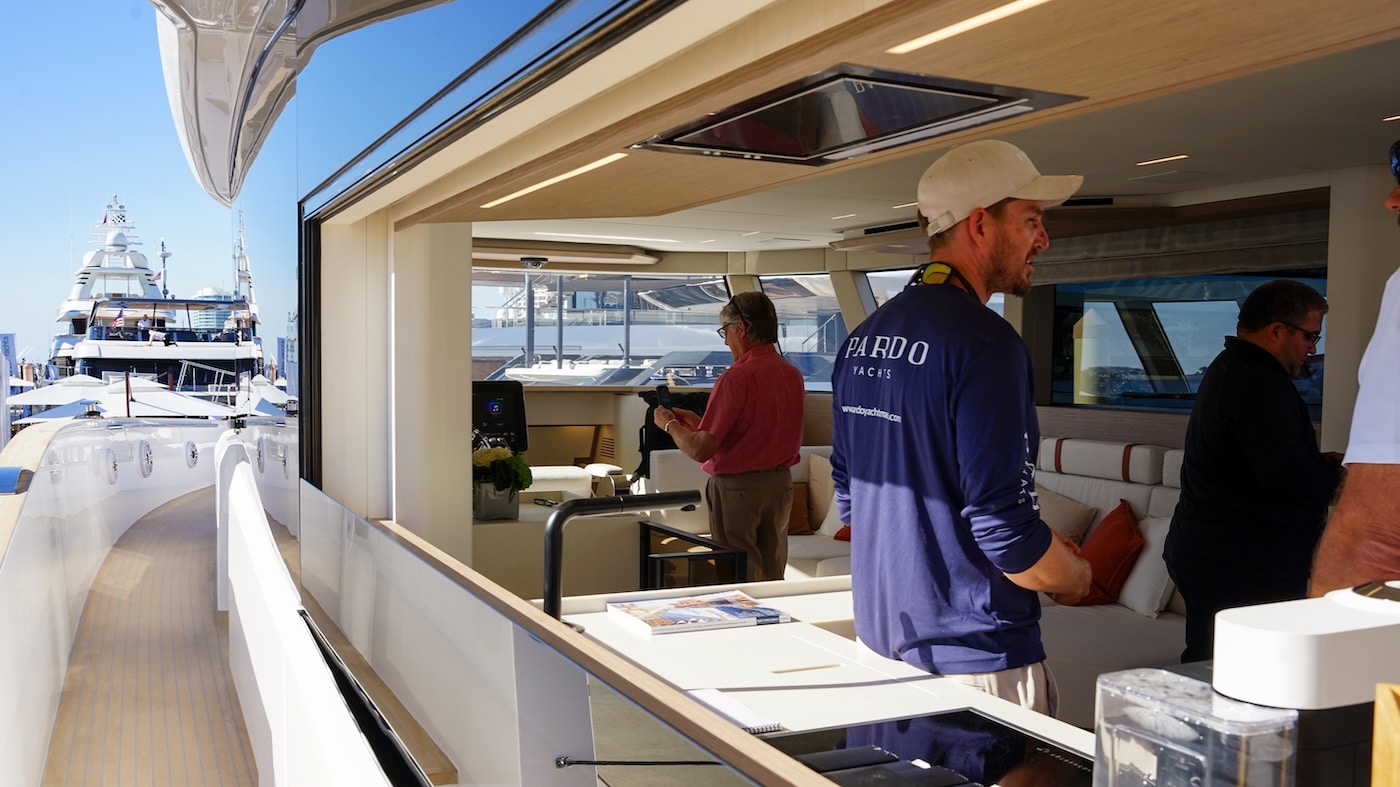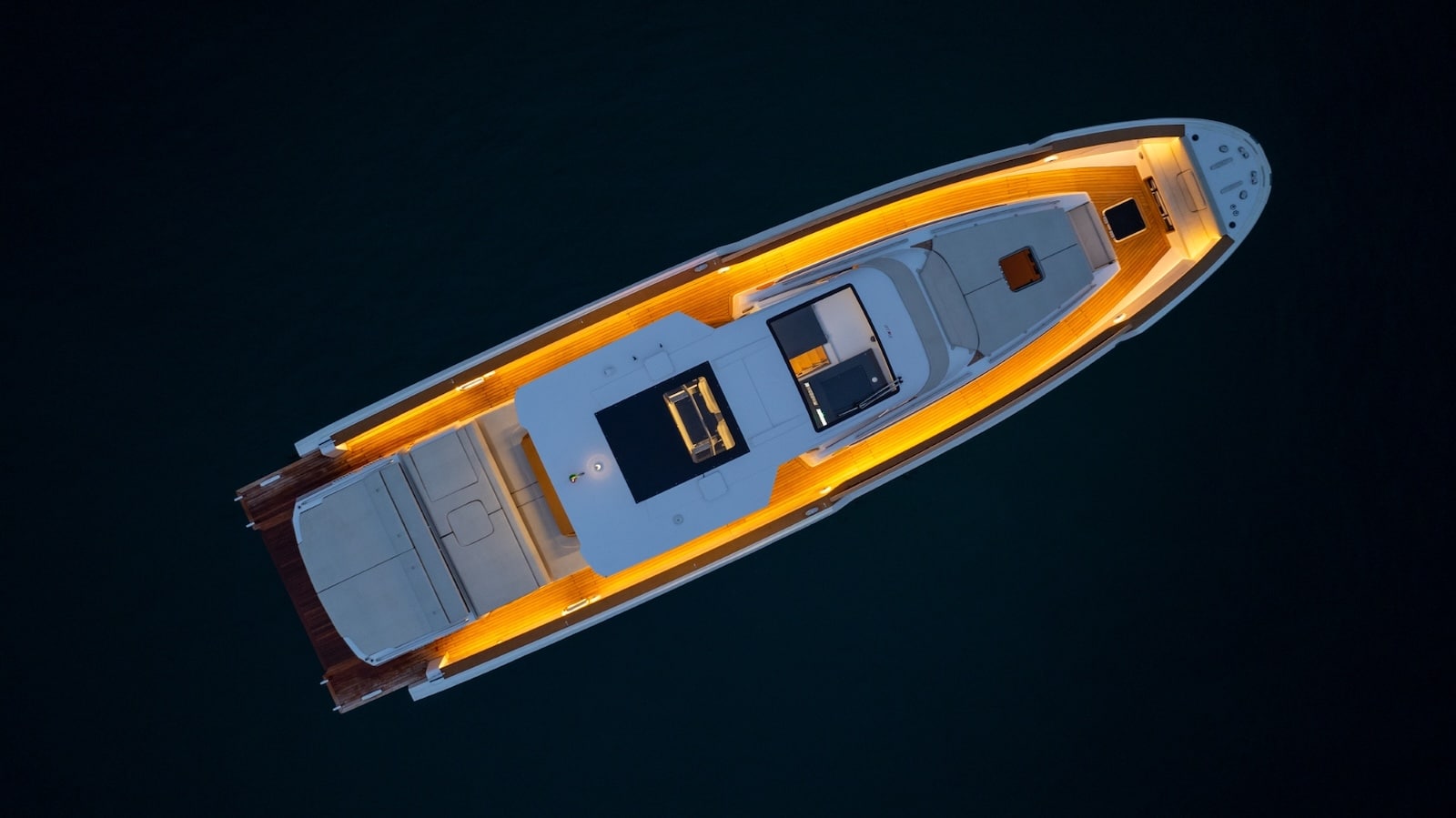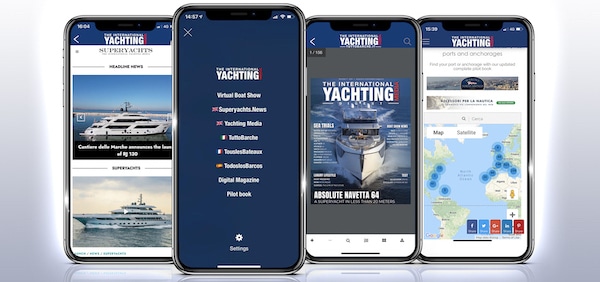The story of the Rainbow Warrior
The Sir William Hardy, a British Ministry of Agriculture-owned fishing vessel and the first in Britain to have a diesel-electric propulsion engine, was launched in 1955. She spent several years researching fish as food. In 1977 she was sold for 42,000 pounds to the Vancouver-based environmental organization Greenpeace.
In April 1978 the Sir William Hardy was re-launched as the Rainbow Warrior.
Bombs on the Rainbow Warrior
These were the years of the Cold War. France, under President Mitterrand – leader of the socialist party – conducted nuclear tests on the islands of Polynesia. More precisely in the Tuamotu archipelago, not far from New Zealand, which resents seeing its ecosystem destroyed. In 1985, the Rainbow Warrior prepared for the Greenpeace operation to stop the French nuclear tests on Mururoa. She sailed to Auckland and docked at Waitemate harbour to await the rest of the crew: Portuguese photographer Fernando Pereira, New Zealand environmentalist Bunny Mc Diarmid and Frederique Bonlieu, a spy from the DGSE (French Secret Service) who had infiltrated the environmentalists under the name of Christine Cabon. Her task is to pass information to French intelligence.
The New Zealand police intervened. Divers dived and founnd the gashes in the hull caused by the bombs. The boat was refloated for examination. A murder investigation was opened.
The police watched the recordings of the cameras installed in the harbour. On the night of the explosion, a couple of tourists were loading two large bags into a van.
They were the Turenge family, with Swiss passports, but they did not convince the investigators.
A few hours later, it was discovered that the two actually belonged to the DGSE and therefore depended directly on the French Ministry of Defence. They were arrested. Suspicions began to arise that the Elysée Palace knew about the operation against Greenpeace. There was a deafening silence from the French Defence Minister, Hernu, and President Mitterrand, and no crisis unit was set up. No one spokes, no one acted: the affair would have ended in oblivion.
In the middle of August, however, the case exploded because the New Zealand Police identified another group of French spies: the crew of the Ouvea, which seemed to have transported the explosives aboard the Rainbow. Finally, the media woke up, published the details and the world began to mobilize. The Elysée was forced to respond and opened an enquiry. The investigation was manipulated by a man who was only good at providing lies: the French Defence Minister, Mitterrand’s right-hand man and close friend.
However, the investigation continued. 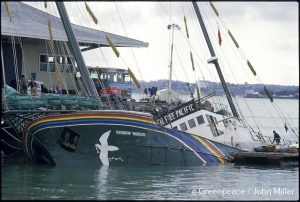
The New Zealand president announced: ‘If French intelligence services are involved in the attack on the Rainbow Worrior, it means that the principles of international law have been violated. We will file a complaint against the French government. New Zealand may consider this matter as an act of war.”
Mitterrand sensed the seriousness of the situation but refused to negotiate: France’s honour was at stake. Is it not untenable that France, a left-wing country, had blown up a boat belonging to environmentalists and killed a man?
When cornered, Defence Minister Hernu admited to surveillance by the French secret services. No order to attack the Rainbow Warrior.
The president of Greenpeace sayd that the investigation was an insult to the intelligence of everyone and asked for the resignation of the government. Mitterrand didn’t care.
On September 17th, Le Monde obtained official confirmation of a third DGSE dive team in Auckland and published long excerpts of the secret report written by Admiral Lacoste, head of the DGSE, from which it emerged that the order to blow up the Rainbow Warrior was given by Minister Hernu himself. Minister Hernu continued to deny this.
A few days later, Laurent Fabius, the French Prime Minister, confirmed Le Monde’s revelations in a press conference. Minister Hernu and the admiral in charge of the DGSE were forced to resign. France was forced to pay thirteen million dollars in compensation to New Zealand.

In 1990, on the hills of Matauri, the Rainbow Warrior Memorial was inaugurated, an important monument created by the sculptor Chris Boot.
The entire work is made of stones collected in the bay and then arranged around the Rainbow’s propeller. It is said that the propeller made its final turn before finally finding itself in the centre of Boot’s work.
A propeller that did its job right to the end.




















